What is the story behind menstrual myths?
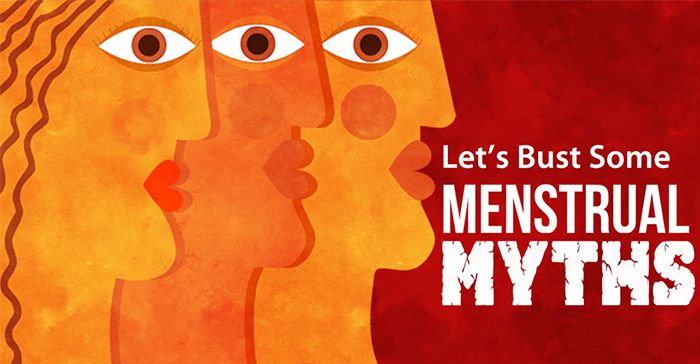
Shock and shame – this is how most women in south Asia remember the onset of their menstrual cycle, and it changes their world entirely. The greatest irony is that menstruation is absolutely essential for survival and perpetuation of humankind, but most societies don’t want to deal with the fact that women bleed every month.
It wasn’t until the mid-18th century that menstruation was known to be related to ovulation. Scientific experiments to test the factor of “impurity” in menstrual blood were not undertaken until 1920s. It is then understandable that some of the myths our ancestors lived by came to be because of the lack of information regarding what exactly was going on inside our bodies.
But, despite having known that menstrual fluid is nothing but a harmless mixture of blood, tissues and small amounts of hormones for about a century now, the culture of silence around the subject keeps menstrual myths unquestioned and inviolable.
Origin of Menstrual Myths
We aren’t supposed to talk about it in the open, nor are we supposed to question the restrictions and rules that follow this natural, not to mention essential, biological process. The clouds of myth and superstition that surround menstruation are affecting millions of women every day and more importantly, shaping how young girls and women look at themselves, their bodies and their roles in our society. Where did this cycle of internalized shame and ignorance begin?
.jpg)
Popular Myths that lead to menstrual taboo
Now that we know how menstrual myths originated, let’s look at some of the most popular myths believed to be true in a lot of communities, especially in South Asia, along with logical/scientific explanations debunking these myths.
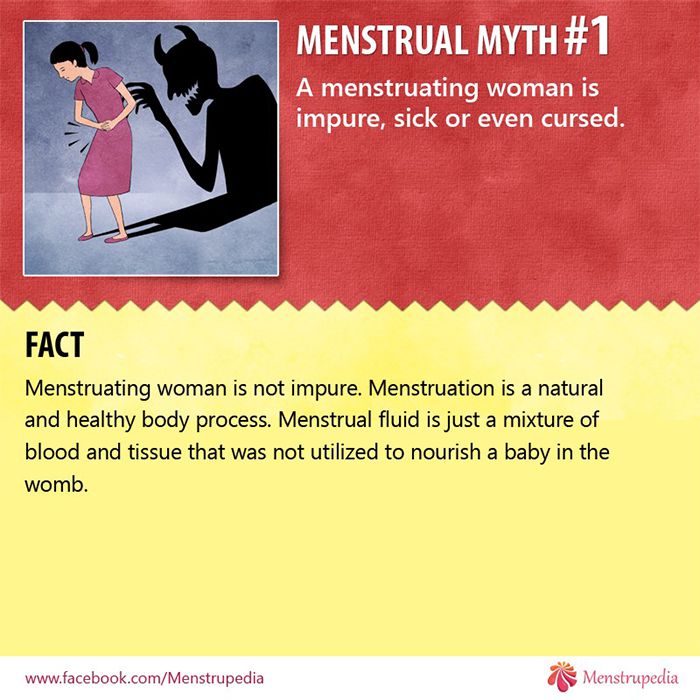
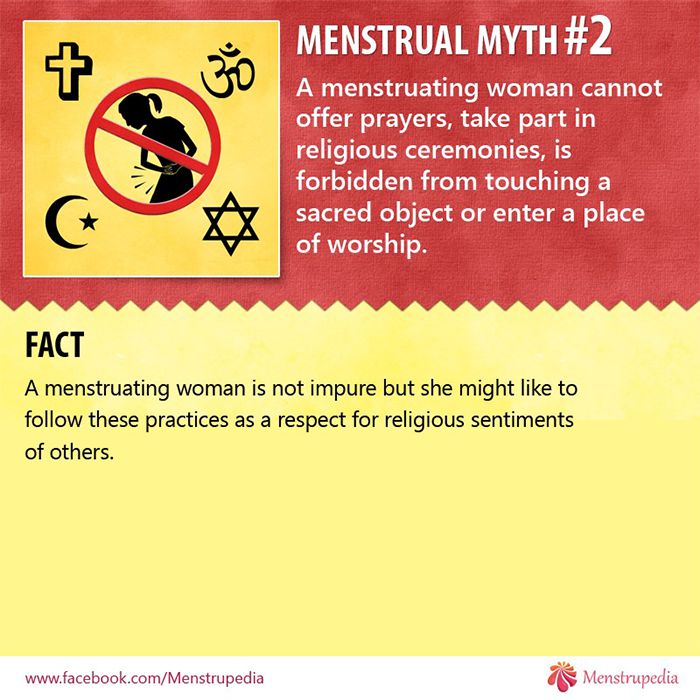
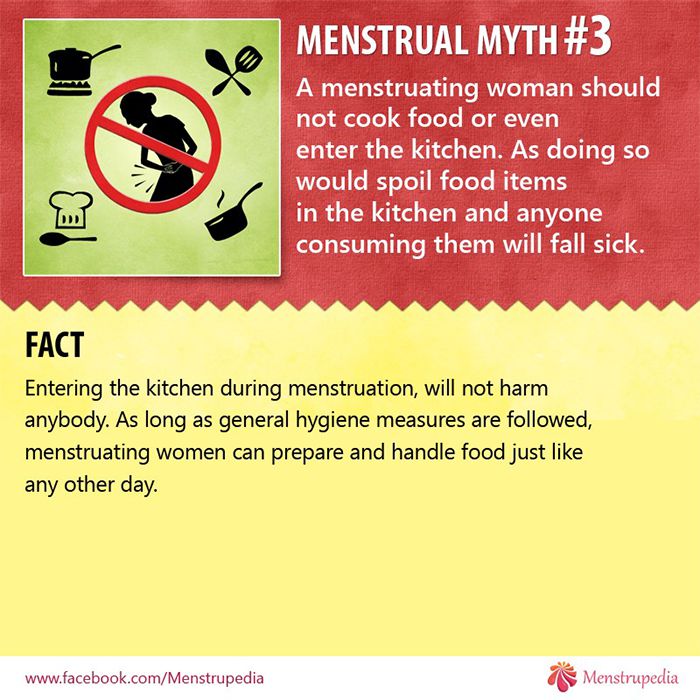
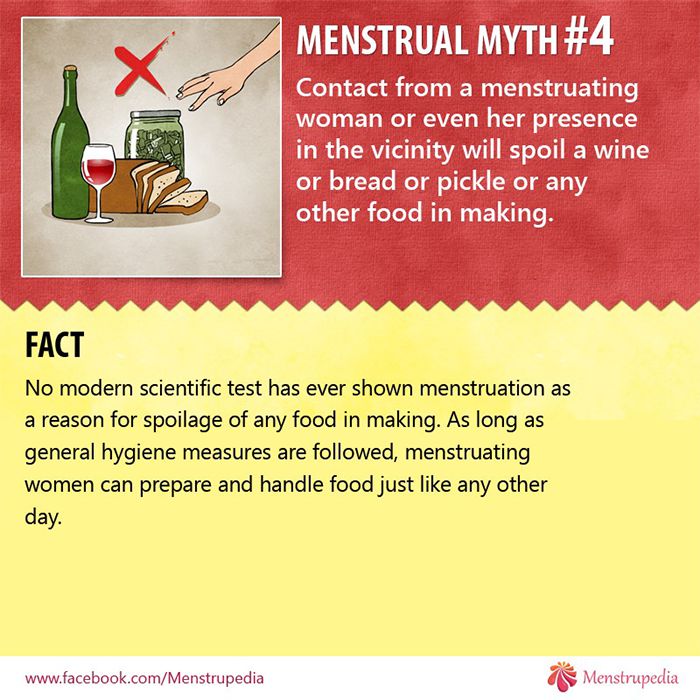
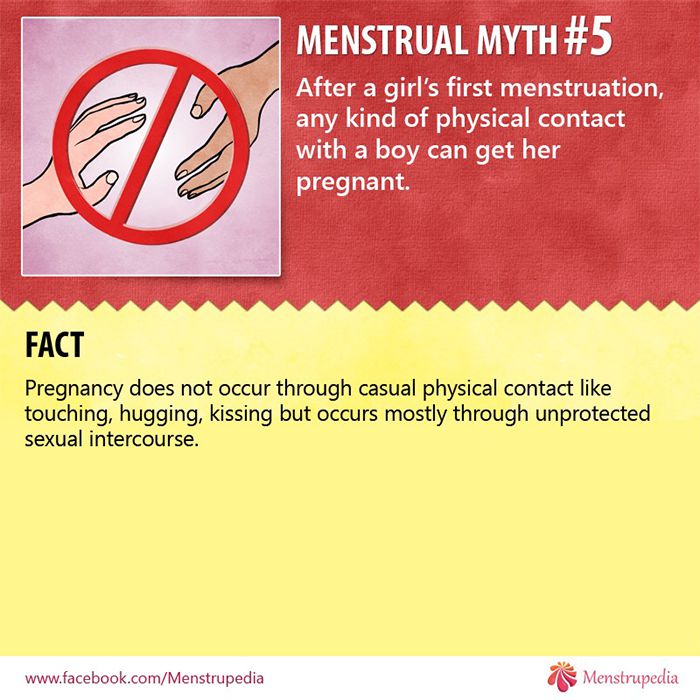
Menstrual myths have a long history rooted in our lack of understanding of the human body and our habit of deductive reasoning based on symptoms. But our beliefs and practices must change with time and with scientific advancement. It's also important to know the context in which some practices were suggested once upon a time, so as to debunk myths with a logical and nuanced explanation. It is a long road ahead for emancipation of women from the stigma of menstruation, but like any other hundred foot journey, this too needs to begin with the small step of our breaking free from the taboo and shame and encouraging others to do the same by using the power of reason.
Disclaimer:
Views expressed here are of the author alone and do not necessarily represent that of the brand.
About the Author:
Share this story on






